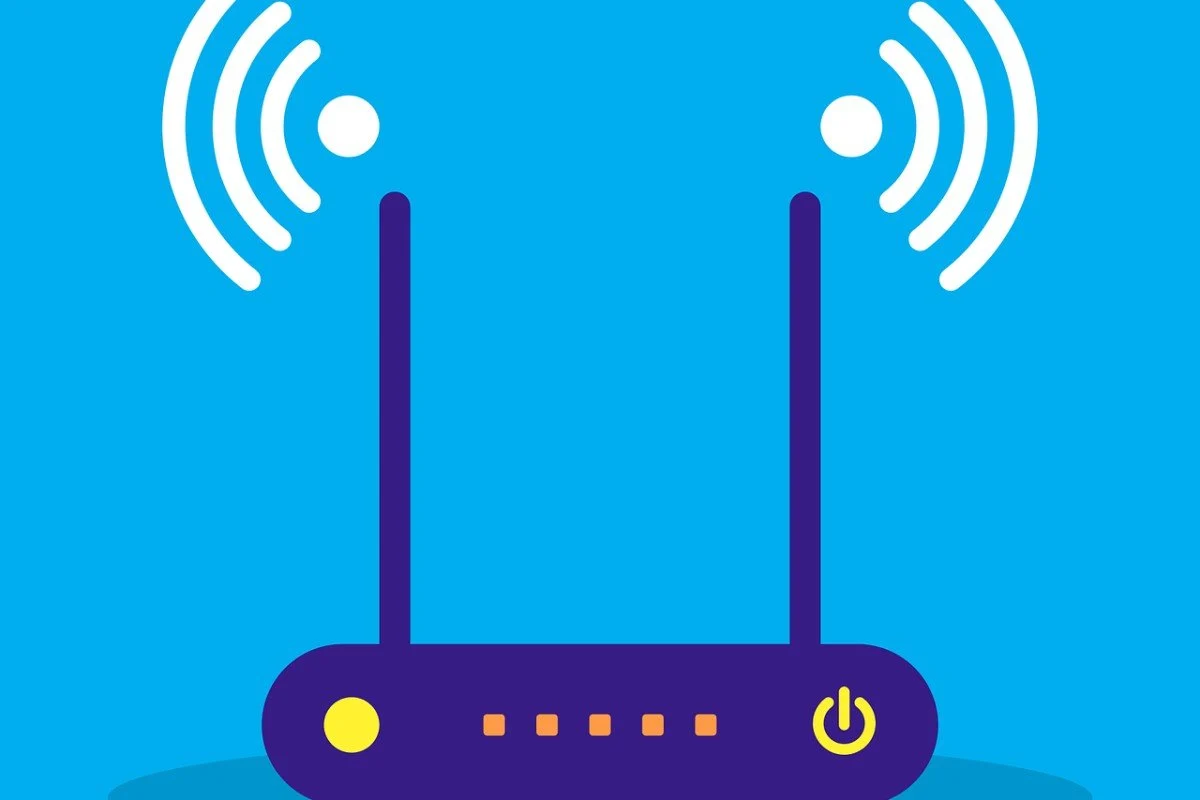A reliable WiFi signal is crucial for efficiency and seamless connectivity in today’s world of digital. Strategic placement of Wireless Access Points is crucial in achieving this. The the location of your WAP determines the effectiveness and stability of your WiFi signal, so it’s crucial to locate it correctly. Let’s explore the importance of WAP devices and how to choose the best home access point for optimal wireless connectivity.
Wap Wireless Access Points are vital networking devices that permit wireless-enabled gadgets to join wired networks using WiFi and related standards. It’s an important device to extend the range of your network and eliminating the necessity to utilize bulky cables. WAPs WAP receives information from a router over an Ethernet cable, and converts this data into a radio signal. This signal is received by WAPs and allows them to connect to networks.

WAP Placement: The Impact
The strategic placement of a WAP is vital to ensure that you have a stable and reliable WiFi signal throughout your space. The positioning of the WAP can affect the range, performance, and strength of the signal on your WiFi network. The WAP’s optimal location aids in minimizing interference, expanding coverage and enhancing connectivity for users.
The factors that influence WAP signal strength
The signal that WAPs send to your device can be affected by a number of elements. These include:
Signal Strength: The potency of the signal that is transmitted through the WAP.
Range: The distance over which the WAP can transmit a strong and stable signal.
Interference: Any obstructions or electronic devices which could hinder WiFi.
Finding the best Access Point for Home
It is crucial to select the right WiFi at home or in the office for the best WiFi performance. When choosing the right WiFi access point for your home, there are many factors to take into account.
Signal Strength and Coverage: Choose a WiFi provider that offers strong signal strength and wide coverage area. This will ensure that the WiFi signal is available in the area you want to access without dead zones.
Interference Management: Pick the WAP that is equipped with technologies to reduce interference. This can include dual-band or tri-band capability for navigating through crowded WiFi channels.
Easy Configuration and Setup: Select a WAP with a easy configuration and set-up. Simple installation procedures and user-friendly interfaces can save you time and effort.
Security Features: Prioritize to WAPs with robust security features like encryption protocols and security options. This protects your data and network.
Scalability: Check that the WAP is able to handle the devices you’re connecting. A WAP that grows with your network’s demands which makes it a long-term investment.
Optimization of WAP placement for optimal performance
Central Location: Set the WAP at an central location to ensure uniform distribution of WiFi across the area. This reduces dead zones and provides that you have a constant connection across your area.
Elevation: Mount the WAP on a surface that is higher, such as a wall or ceiling. This will allow the signal to be broadcast more efficiently and also provides greater coverage.
To avoid interference, keep the WiFi away from any equipment or other materials which can cause interference. Examples include microwaves, cordless telephones, and metal structures. This will ensure a strong WiFi signal.
Professional Assessment: Consult with IT experts for a thorough review of your space. They can help you determine the most effective WAP location locations based upon particular specifications.
Conclusion
In the world of evolving technology, having an effective WiFi connection is an absolute requirement. Wireless Access Points play an important role in this, by broadening the reach of your network as well as providing a stable WiFi signal. The best WiFi performance is accomplished by putting your WAP in the right place, and choosing the right WiFi access point.
It is worth investing time and energy in evaluating the area you have, understanding factors that influence WAP signal strength, and taking into account the most important aspects of WAPs. When you master the art of placing WAPs it is possible to unlock the true potential of your WiFi network and enjoy continuous, seamless connectivity experience.
